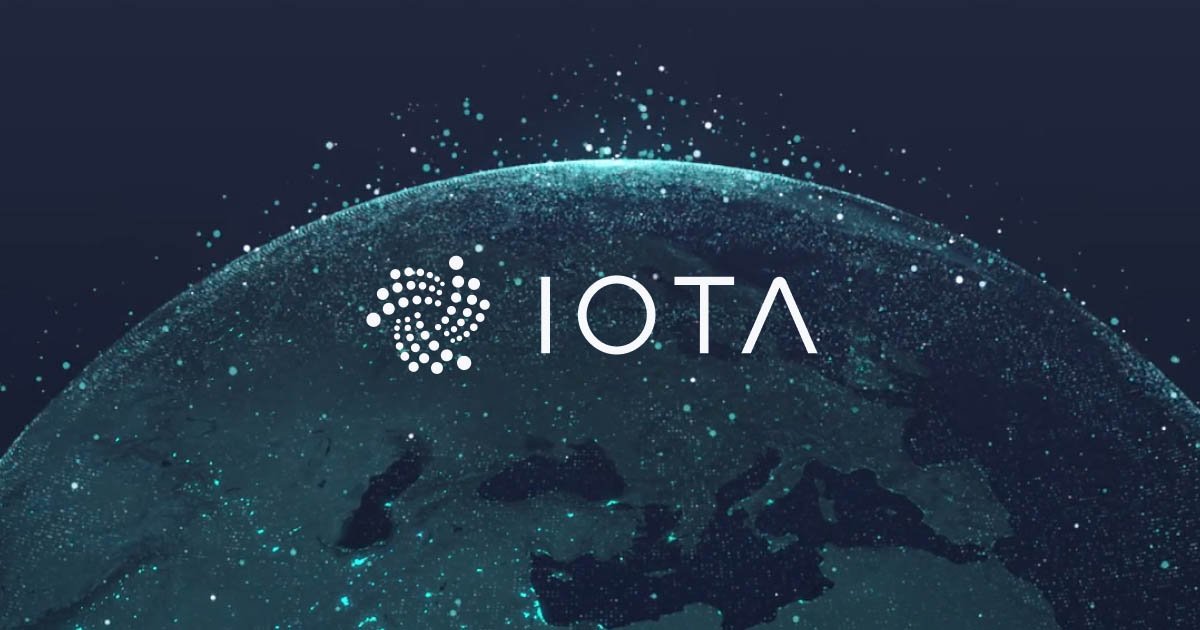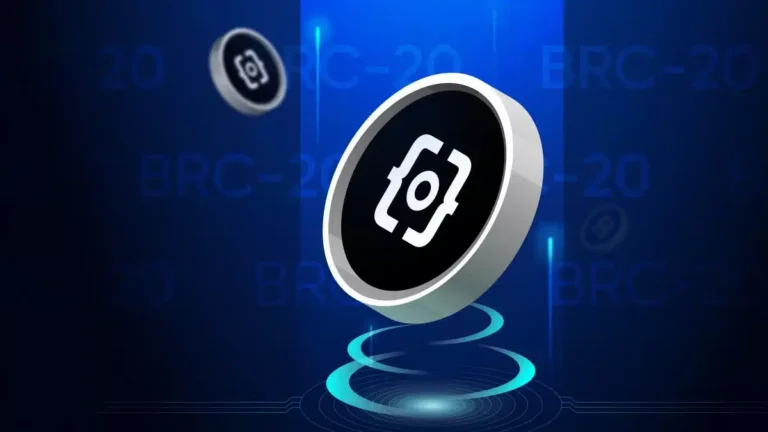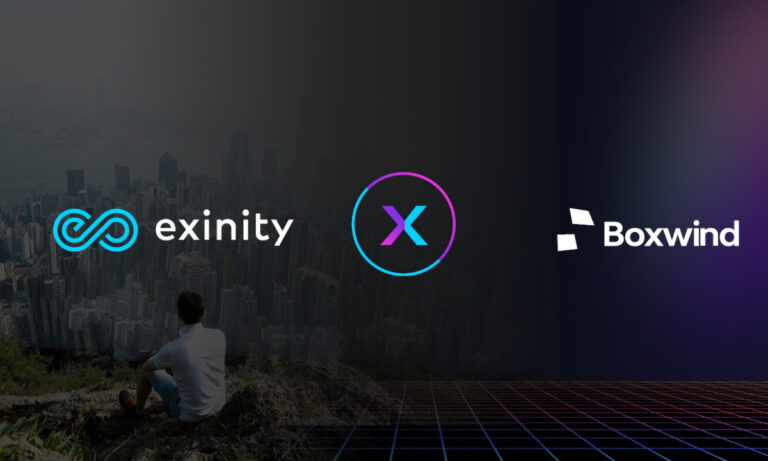IOTA Identity 1.0: Transforming Digital Identity Management with Alias Outputs

- IOTA Identity 1.0, an evolution of the Stardust protocol upgrade, is set to revolutionize digital identity management in the blockchain sphere.
- The upgrade introduces Alias Outputs, enhancing identity representation and offering new functionalities.
In a significant development within the blockchain sphere, IOTA Identity 1.0 has emerged, building upon the foundation laid by the Stardust protocol upgrade. This iteration, initially introduced on the Shimmer staging network, has undergone rigorous testing and refinement, setting the stage for a new era in digital identity management.
IOTA Identity, first introduced in 2018, relies on a decentralized identity (DID) method called did:iota, complemented by a comprehensive library. These components harness the unique capabilities of the IOTA ledger to seamlessly integrate digital identities into various applications.
To align with the Stardust protocol, IOTA Identity has undergone substantial technical improvements. These include redefining how identities are created, updated, and resolved. Leveraging the capabilities of the Stardust ledger, identities are now represented using Alias Outputs. This innovative approach not only enables interactions with Layer 1 entities like tokens and NFTs but also enhances data storage, controller management, and the extended capabilities of identities.
Alias Outputs offer four key functions for identity hosting:
- Globally Unique Identifier: Alias IDs, once created, are immutable, aligning with the persistent nature of DID identifiers. The DID encompasses the Alias ID for seamless interoperability.
- Data Storage: Alias Outputs can store relevant data, such as DID documents, in their state metadata.
- Controller Management: The state controller of an Alias Output, who effectively becomes the DID controller, can exclusively modify the output, ensuring alignment with DID terminology.
- Extended Capabilities: A DID within an Alias Output inherits the capabilities of that output, including the ability to engage in token transactions and native asset minting.
Additionally, an on-chain revocation mechanism has been introduced, enhancing credential verification processes.
The representation of identities via Alias Outputs on Layer 1 opens the door to innovative interactions with other entities. This enables various use cases, including controlling other identities, creating hierarchies, modelling complex organizational structures, authenticating transactions, and issuing NFTs and native tokens.
Identities can now authenticate transactions by holding and transferring tokens, enhancing transparency and security.
Token and Smart Contract Integration
DIDs can issue NFTs and native tokens, bolstering trust. Integration with IOTA Smart Contract (ISC) chains ensures clear governance information for these chains.
IOTA Identity 1.0 adopts JSON Web Token (JWT) encoding for credentials and presentations, aligning with EU regulatory recommendations, enhancing interoperability and capability.
A reworked storage interface allows custom solutions for sensitive key materials. Domain Name Verification links domains to identities, facilitating identity authenticity verification.
IOTA Identity 1.0 marks a groundbreaking milestone in digital identity. Leveraging IOTA’s scalability and Stardust’s innovation, it establishes a unique ecosystem for on- and off-chain interactions, fostering cryptographic and self-sovereign identity elements.
















